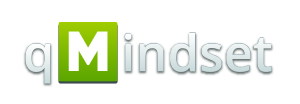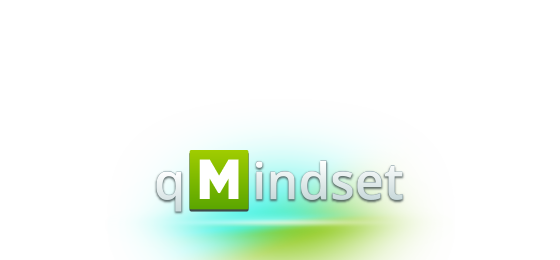Introduction
Prepared by the Technical Committee ISO/TC 176 "Quality management and quality assurance", the ISO 9001:2008 international standard deploys and specifies the requirements and
criteria for a
Quality Management System (QMS), thus it aims to support organizations to develop, implement and improve their
own QMS.
As part of the
ISO 9000 standard family, the ISO 9001 standard was created in 1987, based on a British quality management standard BS 5750 (UK), also influenced by living
U.S. military standards. Further revisions and modifications were performed in 1994, 2000, 2008, and the latest version released in 2015.
The usage of the standard is not depending on the size, type, sector, product or service of the organization, however exclusions may apply in special cases.
ISO 9001:2008 emphasizes three major elements during the definition of an effective QMS:
- Motivation of management.
- Process approach.
- Continual / continuous improvement.
Source: qMindset.com; ISO.org
Key Features
The major aim of the standard is to help organizations to develop, implement, maintain and improve an effective QMS, in order to meet customer requirements and expectations
so to increase customer satisfaction.
The ISO 9001:2008 standard generally contains the
PDCA (Plan-Do-Check-Act) methodology, in order to use it in
every process during the operation of the organization. In the frame of the process approach the standard covers the management and control of processes (that transform inputs into outputs), and the interaction
of these processes.
Those companies, that are ISO 9001:2008 certified must frequently demonstrate and prove the conformity of their operation to the standard, including:
- The ability to continuously provide products that meet both customer and legal requirements.
- The continual improvement of the quality management system, covering the processes in the entire organization.
The organization should be audited every 12 month by a certification body (external audit), and the certificate must be renewed every 3 years. Grades of the certificate do
not exist, the certification body either gives the approval or not. ISO itself does no certify companies, the certification is always done by accredited certification bodies. In addition the organization must
plan its own auditing frequency (internal audits), taking into consideration the scope, areas, departments and processes to be audited. Regarding internal audits, there is no minimum frequency stipulated by
the standard.
The standard collects and enlists all aspects of the organization, what are required to run smoothly in order to ensure the highest level of quality and improvement,
including:
- Quality Management System (e.g. general requirements, documentation, Quality Manual, control of documents, etc.).
- Management responsibility (e.g. management commitment, customer focus, Quality Policy, Quality Planning and -review, etc.).
- Resource management (e.g. provisioning, human resources, etc.).
- Product realization (e.g. planning, design and development, customer communication, control of measuring equipment, etc.).
- Measurement, analysis and improvement (e.g. monitoring customer satisfaction, internal audits, process- and product monitoring, control of non-conforming product,
quality improvements,
corrective- and preventive actions, etc.).
ISO 9001:2008 and
ISO 9004:2009 are complementary standards, both focusing on quality management systems.
In addition, the standard is the basis of the
ISO/TS 16949:2009 automotive specification, and is compatible with the ISO 14001:2004
standard, related to environmental management systems.
Source: qMindset.com; ISO.org
Hints
Implementing and using the ISO 9001:2008 standard in the organization supports not only the maintenance, but the development of all processes. This proactive approach
enhances the quality level of the manufactured products and also improves quality mindset and productivity. It mustn't be forgotten, that an ISO 9001:2008 certified quality management system is not just
a bunch of papers and documents, but the logic system behind the company.
Intentional usage of the standard is a must to achieve the quality related goals. Considering the standard as paper-work will just make the operation bureaucratic and
ineffective. Quality management standards have a support function instead of replacing decision making.
Source: qMindset.com; ISO.org
Summary
- ISO 9001:2008 international standard deploys and specifies the requirements and criteria for a Quality Management System (QMS).
- ISO 9001:2008 is part of the ISO 9000 family.
- The ISO 9001 standard was first published in 1987 (it was released as ISO 9001:1987).
- The key elements of the standard are the process approach, management and continuous improvement, through the way of a systematic PDCA (Plan-Do-Check-Act) methodology.
- ISO is the developer of international standards and does no certify companies, the certification is always performed by accredited certification bodies.
- The standard itself is not just paperwork, and does not replace decision making.
Source: qMindset.com; ISO.org




